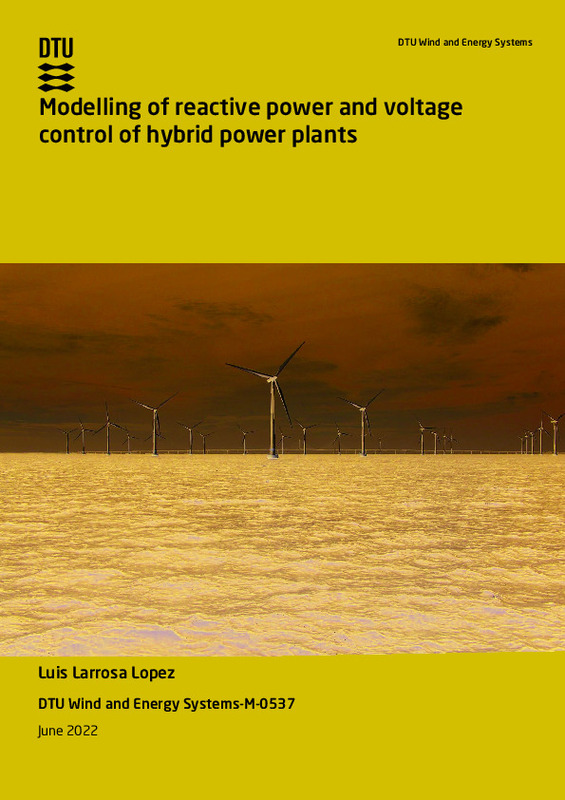|
Resumen:
|
[EN] Renewable-based Hybrid Power Plants (HPP) present several advantages in front of
stand-alone power plants, such as higher capacity factor, better use of the transmission
and/or distribution networks or enhancement ...[+]
[EN] Renewable-based Hybrid Power Plants (HPP) present several advantages in front of
stand-alone power plants, such as higher capacity factor, better use of the transmission
and/or distribution networks or enhancement of flexibility and controllability of the
assets. However, they also present challenges, such as financial or legal uncertainty and
technical complexity.
In the last years, researchers worldwide have addressed the technical complexity of modelling and controlling renewable-based Hybrid Power Plants (HPP) by developing dynamic models to understand the interaction of different assets and how to produce effective control architectures, with diverse purposes. Extensive effort has been dedicated
to active power controllability and frequency regulation, but little research had focused
on voltage control and reactive power so far.
In this context, the project develops a novel control architecture to coordinate wind
turbines, solar PV inverters, electric batteries and a STATCOM to deliver a fast reactive
power response to amend voltage imbalances in the power grid. The location of the
STATCOM is carefully chosen to maximize the reactive power capability of the HPP.
An On-Load Tap Changer (OLTC) transformer is implemented to connect the HPP to
the export line.
Three scenarios are used to explore how different degrees of ownership of the grid (OLTC
transformer and export line) impact the reactive power capability and voltage control
controllability. The model is implemented in MATLAB/Simulink using the Simscape
Electrical environment. The results show that the OLTC is a fundamental tool to enhance the reactive power capability of the assets and that the technologies used are quite
flexible in terms of voltage control, but a STATCOM with a capacity of around 8-12
[-]
[ES] Este proyecto estudia la capacidad de potencia reactiva de una central híbrida que se compone de una central eólica (con turbinas de Tipo 4 - generador conectado a la red por medio de convertidores de potencia), una ...[+]
[ES] Este proyecto estudia la capacidad de potencia reactiva de una central híbrida que se compone de una central eólica (con turbinas de Tipo 4 - generador conectado a la red por medio de convertidores de potencia), una central solar fotovoltaica y almacenamiento eléctrico. Asimismo, se modela el uso de la central para controlar la tensión en el punto de acoplamiento con la red (PCC). El estudio se realiza mediante un modelo en MATLAB/Simulink. Algunos de los aspectos que se estudian son: a) Cómo combinar las distintas tecnologías de la central híbrida para proporcionar una respuesta coordinada de potencia reactiva; b) Cómo coordinar estos recursos para ejercer control de tensión en el PCC; c) El impacto de las líneas inductivas y el transformador principal sobre la capacidad de reactiva de la central (considerando distintos grados de propiedad de central y líneas).
[-]
|







